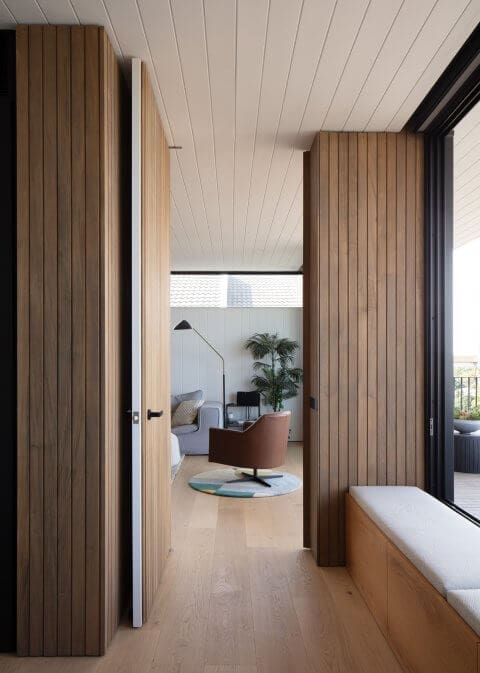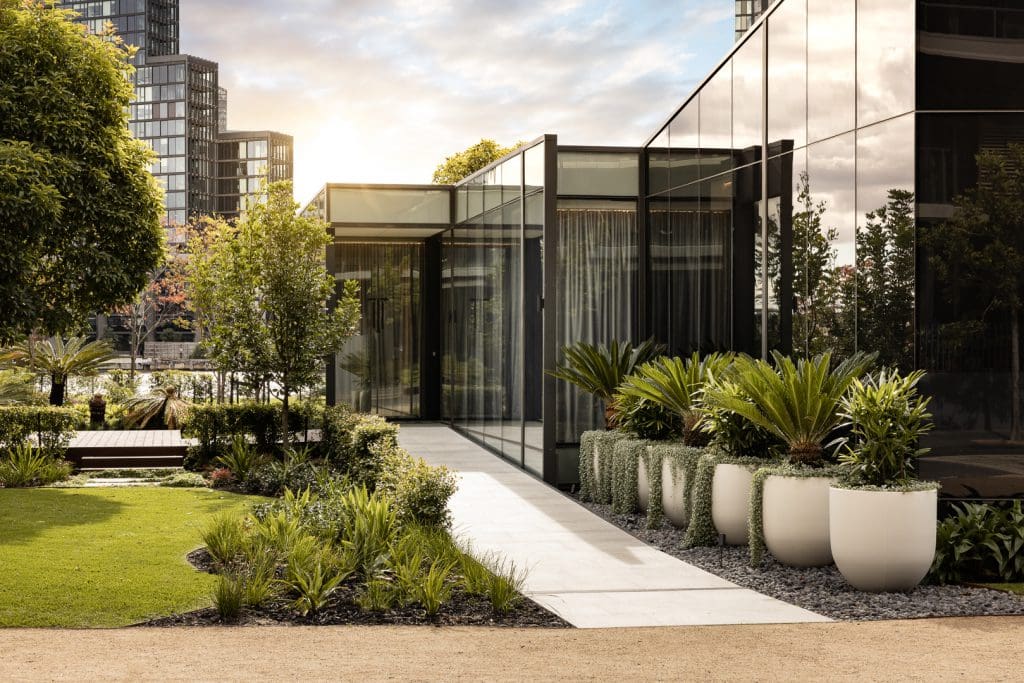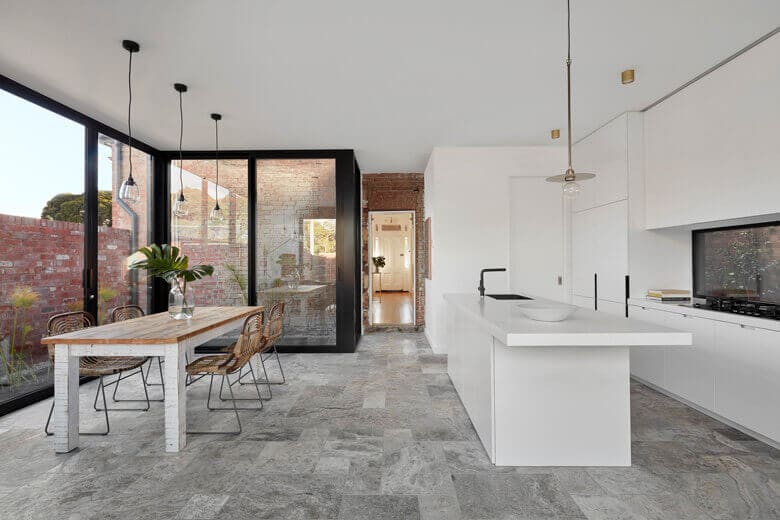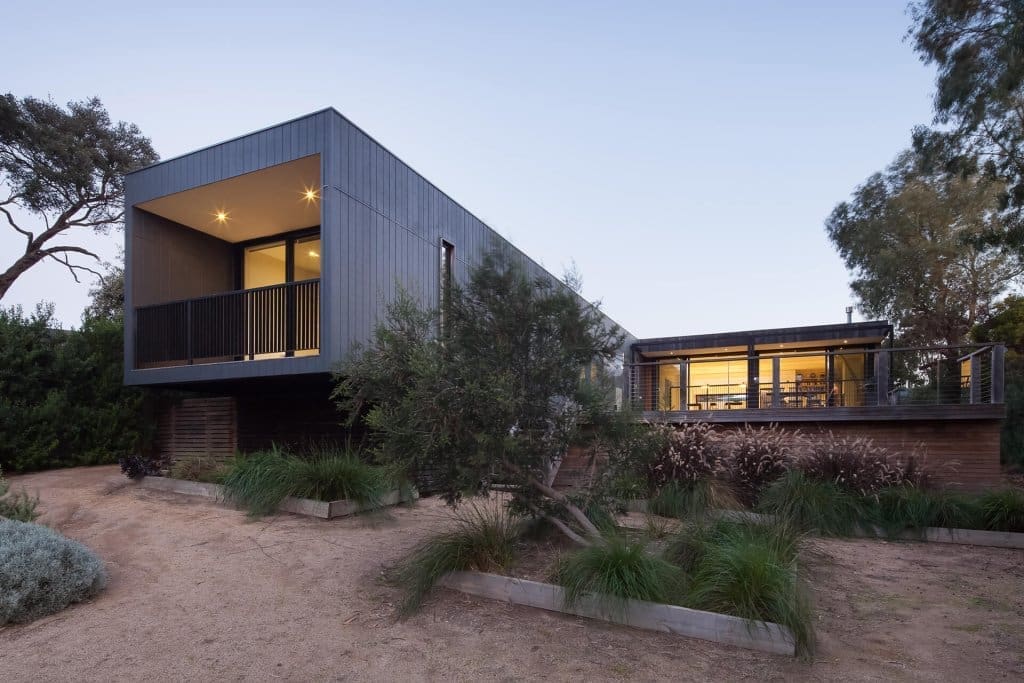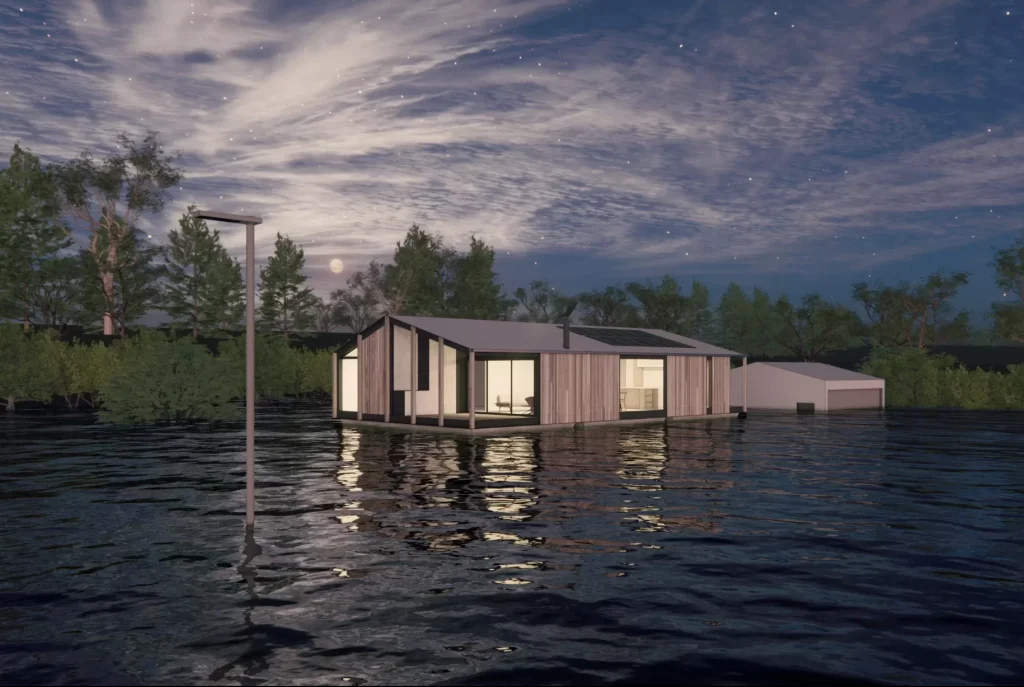Downsizing: What You Need To Know
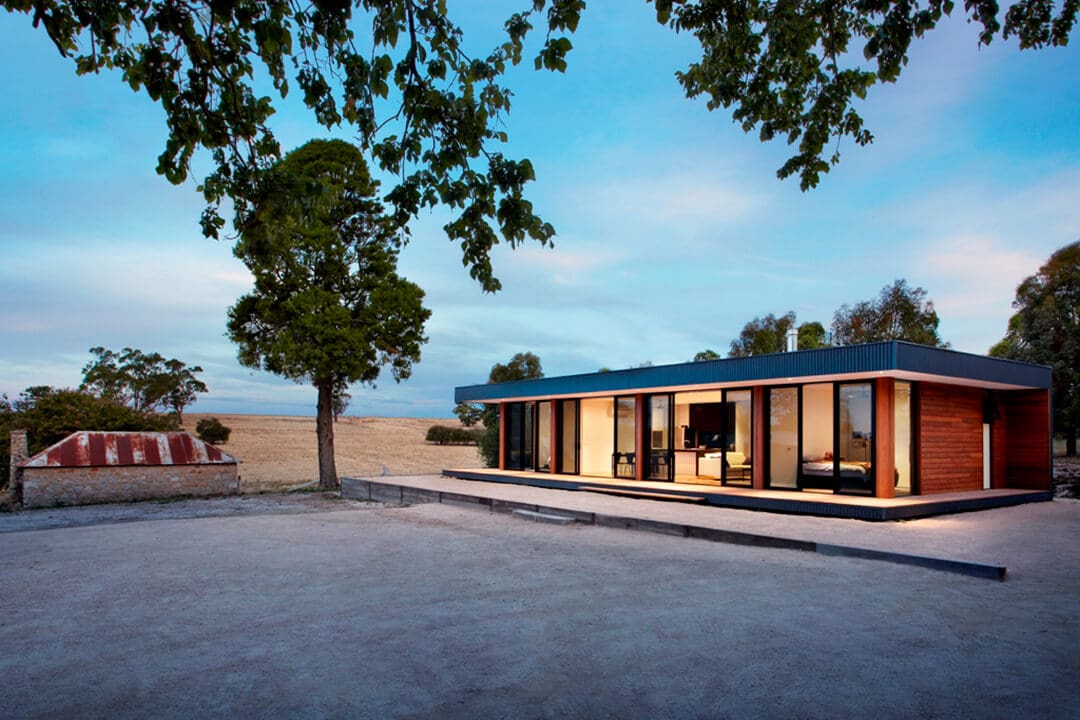
For most of our adult lives, when we purchase or build properties we tend to seek a bigger space – especially if our family has expanded. And as we learn what works for us and our routines, we find homes that are tailored to suit. When we come to downsizing, however, it seems to go against this natural trend and can be a difficult and sometimes emotional process to undertake.
Whether you’re retired, an empty nester, or simply looking to declutter your life, downsizing has a number of benefits. A smaller property can be less expensive, thus reducing your mortgage or enlarging your retirement nest egg and its income stream. But regardless of how sensible the move to a smaller residence may be, and how many benefits downsizing may produce from a lifestyle and financial perspective, there can be a pervading sense of loss as you make do with less and place limits on what you had previously considered domestic life. To assist, here’s an overview of what you need to contemplate with some additional tips along the way…
Train your brain
The very first thing you should do is form a positive association with downsizing. Often, the connotations we have and language we use is very important in establishing how we feel about the experience. So, rather than focus on what you are having to sched, one great trick is to focus on the benefits that are about to manifest; better location, more convenience, less maintenance, increased lifestyle options – the list can be endless. Once you have filled yourself with positive emotion about the chores you will no longer have to do and the new opportunities that will be at your finger tips, it’s time to start imagining your dream home and how you might feel once settled.
Maximising your life
A good place to start when planning is to draw up a table with the following headings; must-have, good-to-have, negotiable and undesirable. Under each heading you should write what part of your house and which aspect of your lifestyle fits the description. A good method of finding content for the exercise is by mentally retracing your average day. To start, follow your own daily habits and routines, looking for things that give you joy and things you could do without. Once you have your list, you can then decipher and translate what each thing means in a smaller environment. For instance, if you like having a coffee outside in the morning and don’t use your bedroom all that much, you may wish to trade the size of your bedroom or its position for a balcony elsewhere. If entertaining guests isn’t something you do a lot of, perhaps a dining room is no longer required and a multi-use lounge room is the answer. If you love gardening, but hate mowing lawns and weeding, perhaps an indoor or courtyard garden can be created. Whatever the preferred activity, each line item in your table should translate into a downsizing solution until a clear picture develops.
There’s no time like the present
It’s one of those funny things, but most people wait until they’ve bought or built their new residence before they start to think about what to do with all of their possessions. Rather, this is something that should be done in multiple stages throughout the process; not only does it get you used to the requirement, but it allows you to test and re-test what you can live with and without. Often, there is a sense of relief and joy that can be developed through culling what you don’t essentially require – much like the feeling you have after your house has gone through a good spring clean.
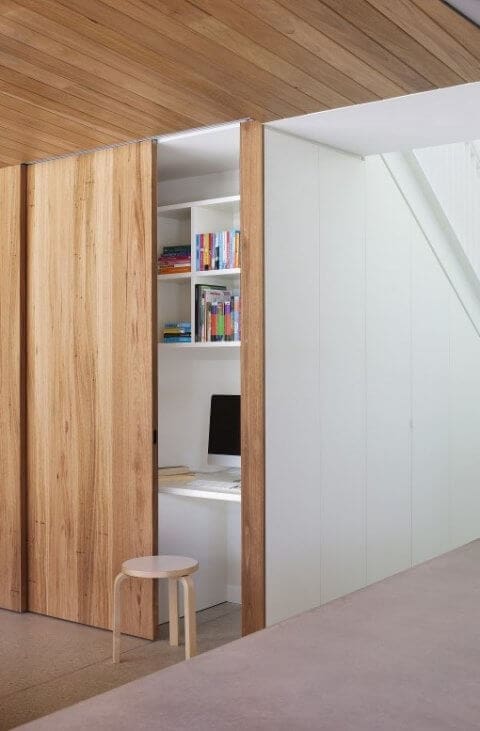
Finding a good home for your possessions
While gifting possessions to family members is always nice (especially, if they have an emotional value) many of your possessions have a value that you should consider realising. With online marketplaces such as Ebay, Gumtree and Facebook Marketplace, it has never been easier to advertise and sell individual items; you can make considerable amounts of money for everything from cooking equipment and books, to furniture and electrical appliances. If you don’t want to do this yourself, there are many companies and individuals that will do it for you. The trick is to start early in the process so that you can maximise the amount of time things have to be sold.
If, however, you would like to donate items, there are a whole host of charities and opportunity shops that will pick up items from your house as long as they are clean, and in good condition.
Once you have you have gone through the de-cluttering process a number of times, the items that you need to pack should be greatly reduced. The rule of thumb is that anything you have not worn for six months, and any items you use less than a few times per year, should be closely considered for the old heave-ho unless you have an emotional connection to them or they still bring you joy (thanks Marie Condo).
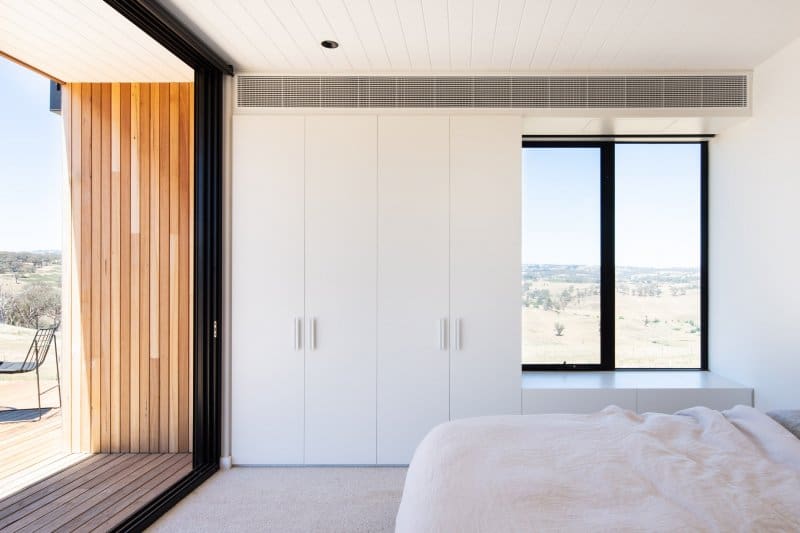
A smaller footprint
Downsizing comes in several forms. It may simply be a smaller house or an apartment or townhouse. But downsizing doesn’t mean you need to compromise on style. You don’t need a massive floor area to maximise its style potential or put your personal design-spin on it. Small spaces do require careful thought though – don’t try to squeeze too many elements into your smaller space. Go with a theme for harmony and build from there. This doesn’t mean limiting style or drama – the main idea is to use fewer pieces but select furniture and art with impact and that give character to the room.
When every millimetre of storage counts, additional storage options can be cleverly employed through the house. Stairs can have whole cupboards placed underneath, window seats can have hidden storage drawers or lids, and don’t forget roof or garage storage too. Get creative – clever storage solutions are only limited by your imagination.
If you’re thinking about downsizing and would like help deciding on what home design would work best for you, feel free to contact a member of our team.
